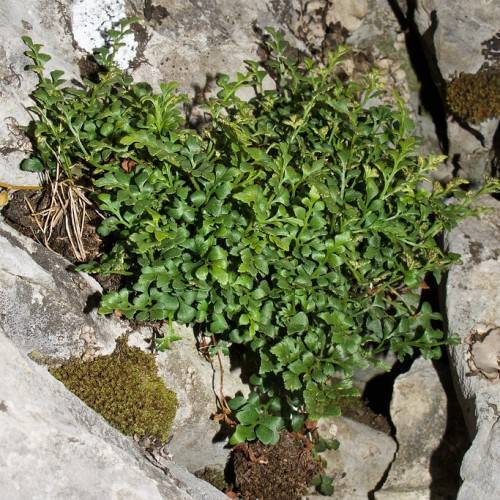
Wall Rue
Asplenium ruta-muraria
Also Known As - Wallrue SpleenwortWatering:
Minimal
Hardiness Zone:
Sun:
full sun,part shade
Leaf:
Yes
Growth Rate:
Low
Drought Tolerant:
Yes
Invasive:
Yes
Care Level:
Medium
watering
German Madwort is a relatively low-maintenance plant that thrives in full sun to partial shade. It prefers well-draining soil and needs only average amounts of water. Water this plant deeply when the top 1-2 inches of the soil begin to dry out. During hot summers, water the plant once or twice a week; during cooler weather, water only when the soil appears dry. Do not allow the soil to become soggy or overly dry.
sunlight
German Madwort is a sun-loving plant species that does best in full sun to part shade conditions. It should receive at least 6 hours of direct sunlight each day, preferably in the morning or late afternoon. Although German Madwort can tolerate some shade, the leaves may become discolored if it is planted in too much shade. The plant may also experience slower growth and a lower flowering rate in shaded environments.
pruning
German Madwort should be pruned in late winter or early spring, when the plant is still dormant. Pruning can be done to shape the plant for a more attractive appearance, as well as to control spread. Light pruning can be done by removing any dead, diseased, or wayward shoots from the base of the stem. Heavy pruning should be avoided, however, as this may damage the plant. If a taller plant is desired, then cutting the stem can encourage branching out and help the plant form a bushier shape.
